A trio of triple camera phones
Samsung A50
Price Rs 31,499
Samsung Stores, Daraz
Samsung A50 is the most promising high-mid range smartphone, packing in a range of amazing features. But how do these features fare in terms of overall experience?
Pros:
• The phone sports a FHD AMOLED display, a big welcome for this price point. The phone as a result has great color accuracy and viewing angles.
• The ultra-wide angle. Though it does not pack a lot of details, the phone fits in more angles than its competitors, giving you more content to capture. And it lets you capture ultra-wide videos. Whaaat?
• Samsung has focused on cutting down bloatware on its One UI, and that gives a superior performance on the A50.
• The 25 MP front camera gives a very natural result and great result overall.
• It gives a massive battery backup. 4,000 mAH battery will last you a day, and maybe even two.
• The phone also sports the now-standard USB C port which makes for superior file transfer and charging experience. Samsung finally seems to have listened to its customers.
Cons:
• The phone has a plastic build. Samsung has tried to cover it up by giving the back refractive property to give off rainbow-ish colors but it gets boring over time. And you know, plastic is still plastic.
• While on-screen fingerprint sensor is a welcome addition, the sensor works a little too slow for my liking.
Vivo V15
Price Rs 41,990
Vivo Stores, Daraz
The Vivo V15 is for those of you who hate the notch. If you don’t mind a camera popping out of the phone every time you click a selfie, read below.
Pros:
• The edge to edge notchless display (90% screen to body ratio) makes for a wonderful smartphone viewing experience. The bottom chin could have been made a little smaller though.
• The wide-angle camera fares better than its competitors, offering better color and details.
• It sports a massive 4,000 mAH battery that offers promising battery life.
• The P70 chipset has no performance issues.
Cons:
• Even though the front camera packs a 32 MP sensor, the results are disappointing for a sensor that big.
• The IPS LCD screen is a bit of a let-down at this price point.
• Pixel binning is limited to the pro variant. This addition would have made a substantial difference.
• Having a Vivo phone means you get FunTouch OS, which isn’t as fun as it’s loaded with bloatware
Huawei P30 lite
Price Rs 39,999
Huawei Stores, Daraz
The P30 lite is a beautiful budget smartphone from Huawei. If you are a Huawei loyalist and are ready to stick with the brand through thick and thin, read on.
Pros:
• I absolutely love the gradient glass back on the Honor 20 lite. From a distance one can easily confuse it for a flagship phone, like its big brother, the P30.
• Its Kirin 710 platform is gaming-friendly hardware. Tagged with the new optimized EMUI, it makes for a smooth experience.
• It starts with a whopping storage capacity of 128 GB. Storage is a big concern for heavy users like me.
• The camera shoots amazing pictures, and its night mode is far better than the competition.
• It also utilizes a USB-C port, which is still not the norm among budget smartphones.
Cons:
• The 3,340 mAH battery on this device is a bit disappointing when you compare it with massive 4,000 mAH batteries on the phones in the same price range.
• Huawei has cursed the Nepali market with a 24 MP camera while some markets have a 48 MP sensor on the back.
YAMAHA FZ-S V 3: Reclaiming the Streets
Monsoon is coming. The moment you pass your SLC, you lose all urge to travel on public transport. Even the idea of stepping into a micro bus repulses you. And you come to realize that the only mode of transport that will get you anywhere will run on two wheels and NOT one that you’re going to have to pedal. That’s when you courageously ask your father to buy you the motorcycle you’ve been obsessing over, probably the RC 390 or the CBR 250R. Then, your father will laugh at the proposition. Let’s face it, the chances of him agreeing to get you anything that’s expensive, looks good, and is fast is a long shot. Your proposition will be repealed and a new one will be put in front of you: to find something that’s under 200cc and won’t rip a searing hole in your father’s wallet.
Then you begin to look for something you both agree on. Something that’s under 200ccs but not too underpowered, something that isn’t too aggressively designed but still stylish, something that will get you around town without guzzling too much fuel, and something that will impress both you and your father.
That was what Yamaha had in mind when they designed and launched the FZ16 in 2008. It helped revolutionize the commuter motorcycle segment from something only your dad could enjoy to something young people could appreciate. With its aggressive street naked styling, fat rear tire and a fatter fuel tank, the bike raised the bar for other manufacturers.
The Fz16 styling was inspired from the global FZ series and a decent amount of grunt to go with the mean, naked streetfighter looks. But it also had a balance of features that appealed to the mature crowd.
It boasted of a high torque engine that was good for aggressive city riding but a monocross suspension also ensured it handled well and provided a stable and decent experience for the pillion. It could get you around town safely, but it could also do well on the highways. Because of these, and many other factors, the Yamaha FZ gained massive popularity. And it still remains one of the best products in the Yamaha roster.
Which brings us to the third generation of the macho streetfighter, the Yamaha FZ-S FI V3. Does it still have what it takes to call itself the Lord of the Streets?
The looks
It maintains what the first FZ started out with. The designs are still macho and rugged. Very streetfighter. The muscular tank is sculpted like the Greek gods and they carry out the design language throughout the body. You can see that plenty of inspiration has been taken from the FZ 250, from the headlights to the switchgears.
We like the stubby exhaust. However, the chrome finish on the air intakes is a little tacky for our taste.
While it does not get split seats, it is designed to be comfortable. The pillion seat has a 16 percent larger seating surface area with an added 5mm of thickness for more comfort. There is a new LCD cluster which has a black background with white lettering for better visibility in daylight and at night.
Visually, it looks great and it does have the street fighter appeal. It’s wider, taller, and more muscular.
The experience
But does it live up to expectations when you turn on the ignition?
It does not disappoint. Although there is an increase in weight, you don’t really feel it affects performance. In fact, it is light and spirited with plenty of low end grunt and a lively midrange. You might not be breaking any speed limits, but you’re definitely not going to be bored with it as well.
The 150cc engine churns out a healthy 13bhp at 800rpm and the torque peaks at 600RPM with an output of 12.8NM. This is more than decent for city riding and supplements overtaking duties sufficiently. On the highways, the power is sufficient. However, you will have to premeditate your overtaking maneuver.
The suspension is supple and soaks up the tattered roads in Nepal with ease. The 5mm increase in ground clearance is a welcome addition too. But what really takes the cake in terms of upgrades is the single channel ABS and the rear disc brake that comes as standard. It takes your stopping abilities to the next level and that is what really inspires the confidence to make it feel like you’re not just riding a commuter motorcycle.
But JUST a commuter bike?
Not by a long shot. While it is perfectly fit for city riding and can take you around town the entire day, it is also very capable of navigating out of the city limits. It is comfortable to ride, has decent power delivery, and the ABS gives you the ability to tackle the highways and city jaunts more confidently.
In terms of competition, the FZ takes on the likes of the Honda CB Hornet 160R, TVS Apache RTR 160 4V, Suzuki Gixxer, and Bajaj Pulsar NS160. And it does put up a good fight.
The FZ is one of Yamaha’s most successful motorcycles and the update makes it fresher and safer as well. We feel like the tank is a little too large and bulky, and the chrome intakes could have been skipper. Yet it is still a great motorcycle and one which should reinvigorate the segment. Overall, the Yamaha FZS-FI V3 is an above average commuter motorcycle for the average guy.
What should be your next hua-way?
You must have already heard of the ban on Huawei! Maybe all that geo-political trade war talk doesn’t interest you (it should), and you just want to know what will happen to that sweet new triple camera phone you just bought from Huawei. If so, read on. The drama started when we woke up to headlines across the world, which read along the lines of: Trump effectively bans Huawei with a national security order. In response, Google cuts off Huawei phones from future Android updates.
According to Statistica, Android OS commands a massive 88 percent share of the mobile operating system market. And guess who controls Android? That’s right, G double O G L E. If you’ve wondered why every non-Apple phone feels the same, there’s your answer: they all run on Android. So, as a result, your Huawei will lose access to new updates to the operating system. So no Android Q,R,S,T…
Losing access to Google services also means your future Huawei handset will have no Play Store, Gmail, and other proprietary Google apps (think Maps, Youtube). As inconsequential as that may seem, apps like Google Maps, Play Store make Android the user favorite it is today.
Huawei revealed that the company has been working on a new operating system for years, to prepare for something like this. So your phone will probably switch to an alien interface that will be significantly different from the one you’re using now. You’ll probably have to download third party maps app, and a Gmail alternative from your new ‘Huawei Store’.
So what should you do? While I wouldn’t recommend ditching a Huawei straight away—the ban is not applicable to existing devices (see chart) and most people don’t bother to update their software anyway. But if you already own one, you should probably stay away from buying a new one for the time being.
Monsoon-proof your vehicles
Monsoon is coming. Soon the roads all across the country will be drenched with rain, making for a wet, slippery and an annoying ride. While we don’t have any solution to alleviate the annoyance, we do have some tips for you to increase the safety behind the wheel during the downpour.
1. Off water-logged roads
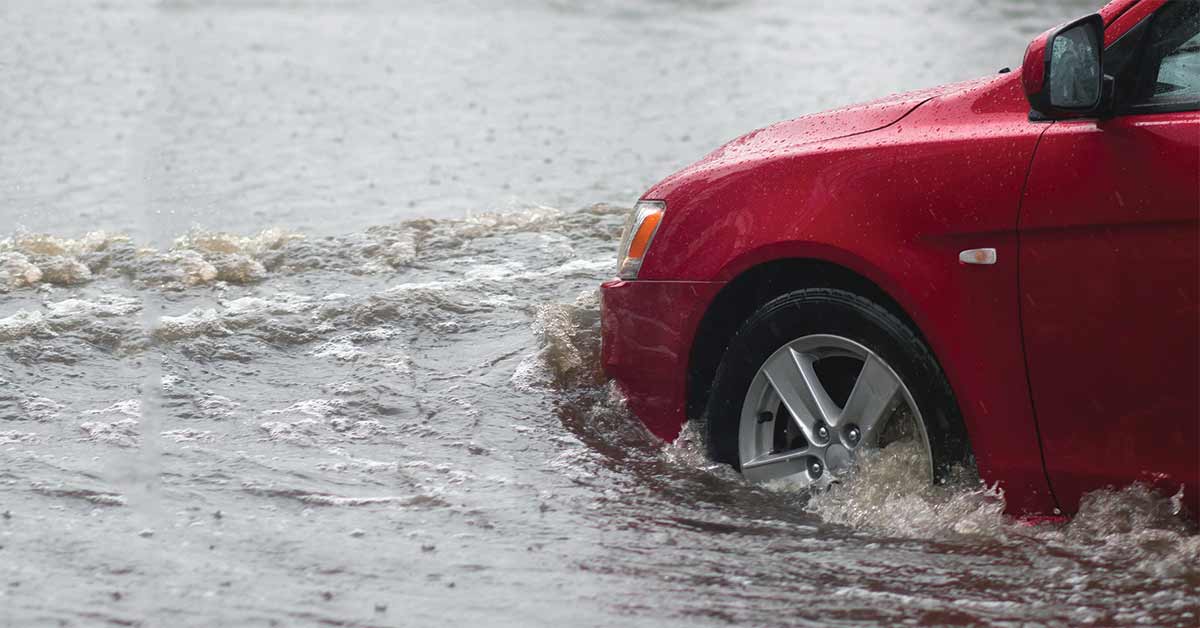
We understand that you are busy, or you might be on your way to an important meeting, or an anniversary dinner. But in the midst of a downpour it is always advisable to stop driving/riding if you’re in an area that is water-logged to avoid unnecessary damage to your vehicle. Don’t make haste because even restarting your vehicle or pushing it in such areas might damage the engine or the electrical system. The worst part is that your standard car insurance or two-wheeler insurance may be insufficient to cover repairs in such cases.
2. Checking your tires
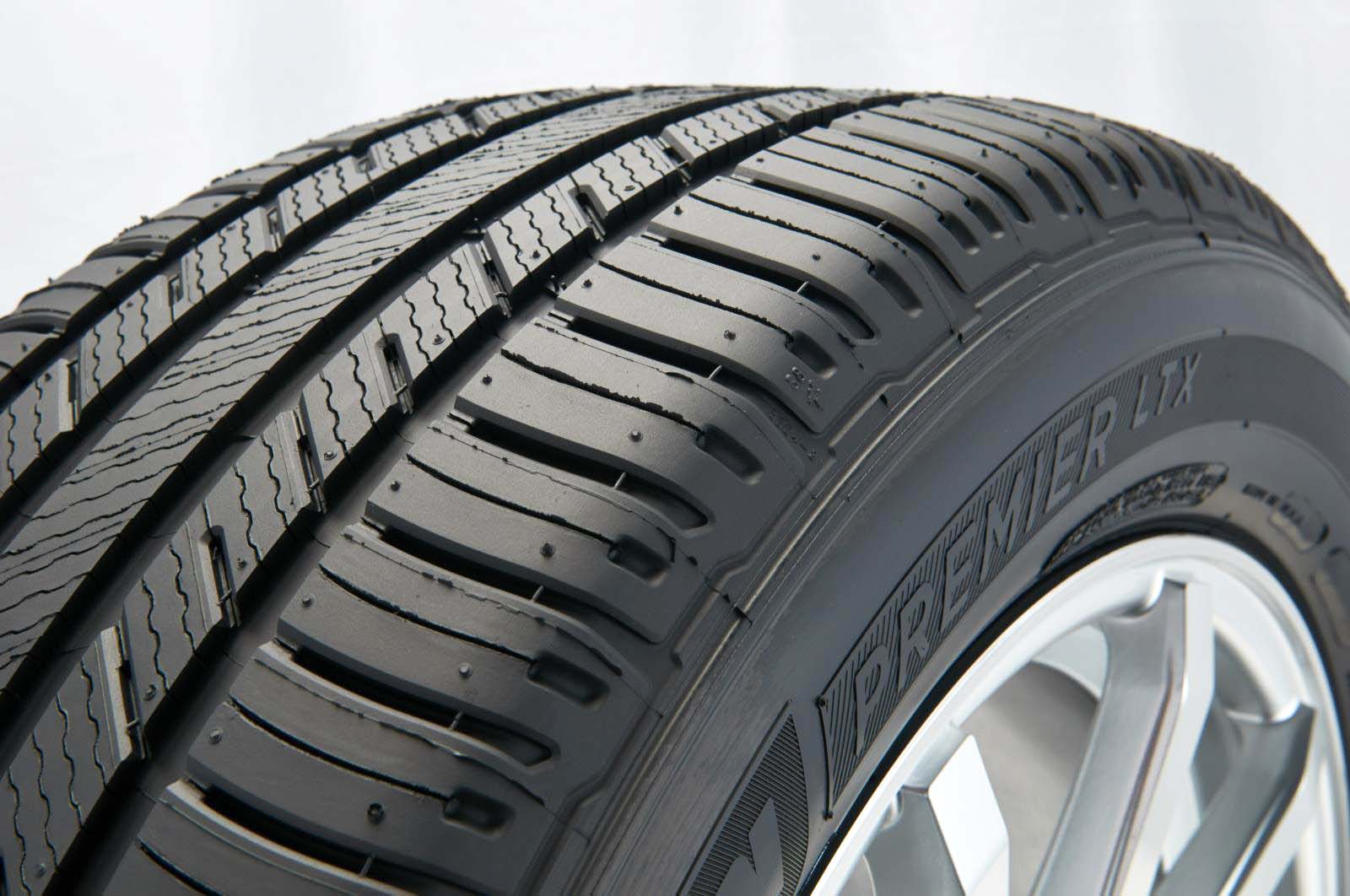
Rain makes the tarmac or any other road wet and slippery, leading to heavily compromised traction, which is made worse by water occasionally mixing with leaked oil and other vehicular fluids. Your tires are your first line of defense. They’re in direct contact with the road, so it’s only fair to check on them before anything else. Tire treads are meant to disperse water; they help in channeling this mix away from the contact surfaces, thereby improving grip so having a good tread depth is critical for the monsoon season. This will give you a good grip on slippery roads, especially on those highways. Today, most tires have tread-wear indicators—a small rubber bar between the grooves on a tire—built into them. As your tire rubber wears down, the tread indicator starts thinning, too. So if the treads are worn out, you should get a new set of tires.
3. Keeping brakes in order
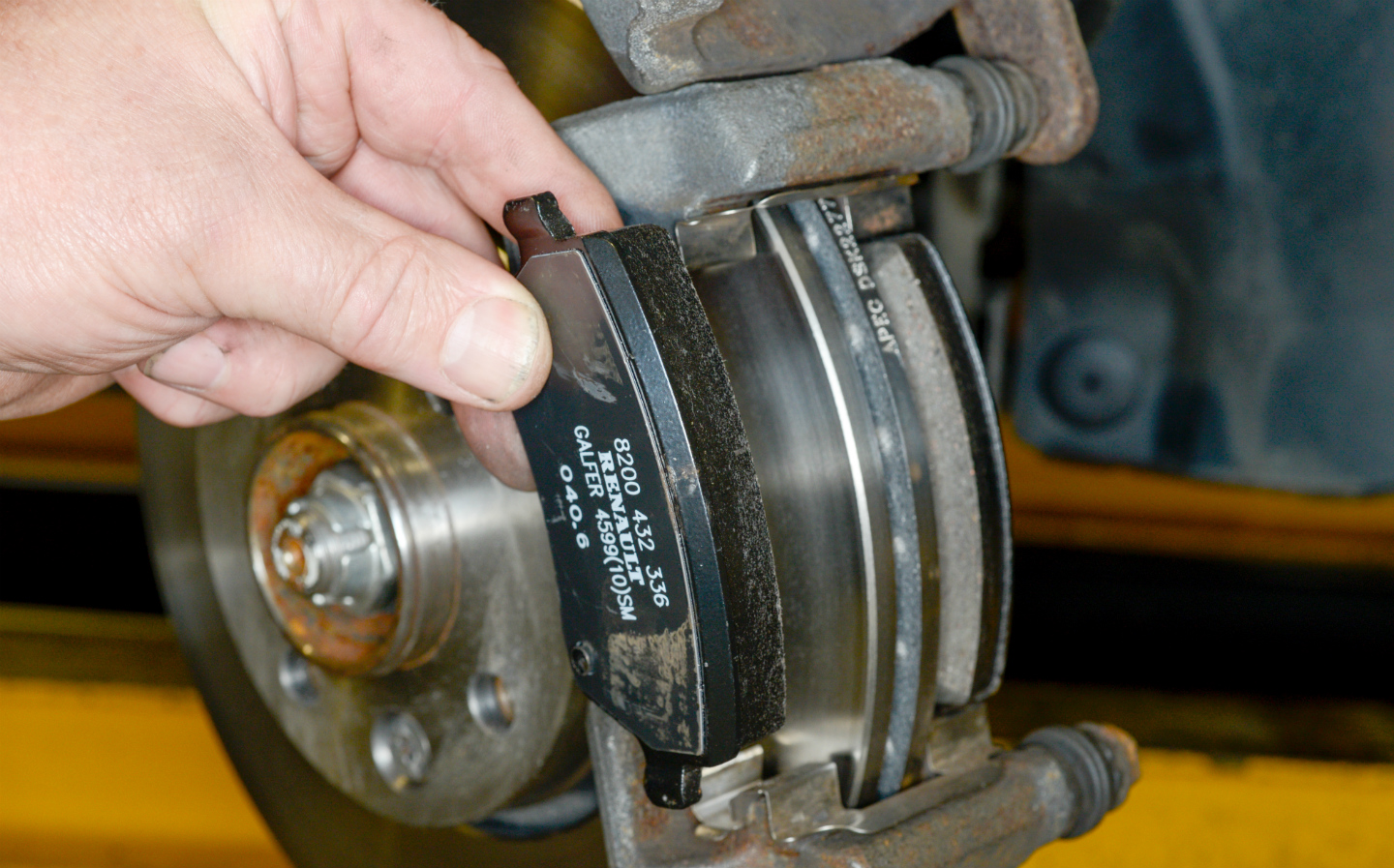
While good tires will help you go along a wet road with great grip, brakes help you stop from running into an accident. Heavy rains mean slippery roads and loss of grip. At times like these, your brakes need to be reliable. Worn out brakes could increase braking distances, and there is also a chance of failure. The brake liners need to be properly lubricated to avoid snapping due to friction. Your brakes have to work twice as hard at the time; so get them checked by qualified personnel. You might end up needing fresh brake pads, discs or a change of brake fluid.
4. Wiping it clean
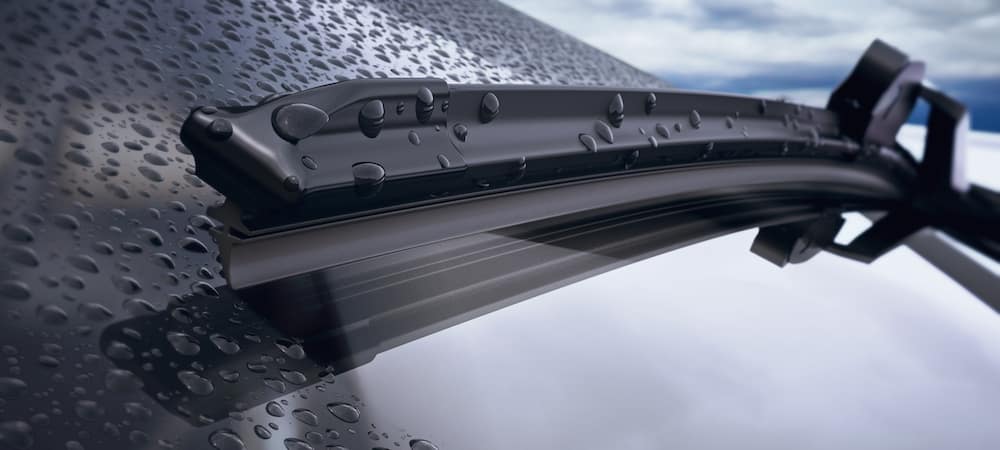
Lack of visibility is one of the main causes of accidents and collisions during the rains. So it is wise to get the wipers changed after every summer to ensure clear visibility during a downpour. If you’re a biker, gift yourself a good helmet with a clear visor. Avoid tinted ones which only work when the sun is out. Check your wiper blades to see if they leave behind any smudges or lines of water on the windscreen. If they leave either, it is time to get them changed.
It is also important to keep the wiper-washer fluids topped up with soap water (or windshield water fluid) as sticky debris can be difficult to clear from the windshield and might also damage it. Make sure to keep an eye on the washer reservoir level and top it up as and when it runs low.
5. Checking rusts and leaks
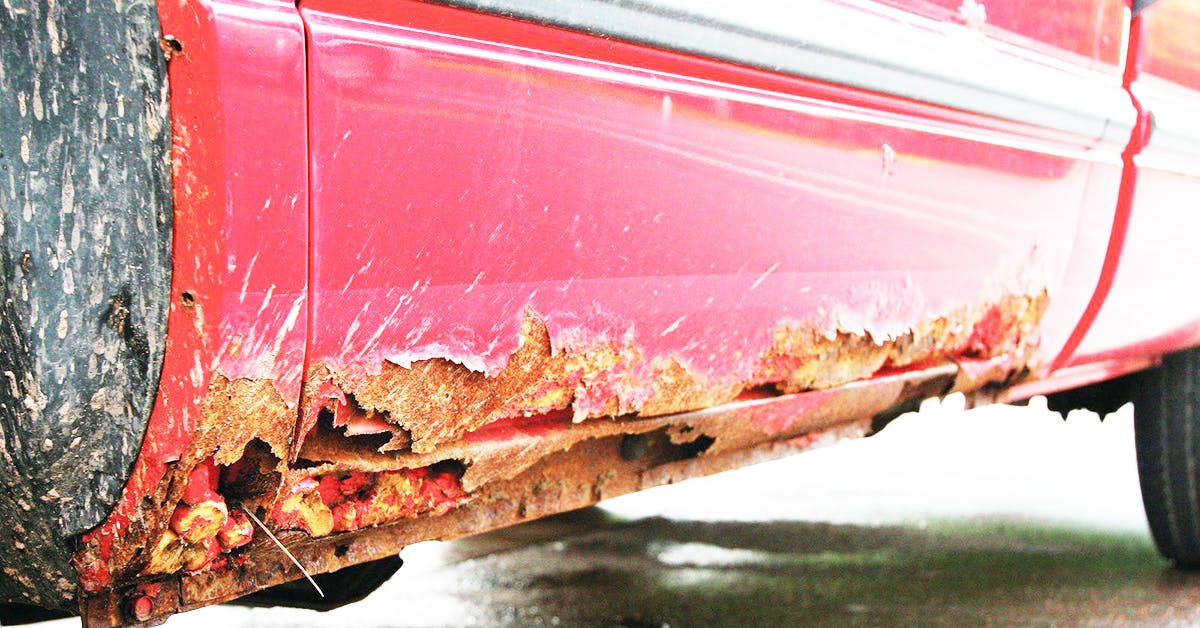
Rain brings moisture which, in general, tends to take a toll on the vehicle. The worst thing in these conditions is to drape your car/bike in a cover. This will only cause the rust to set in sooner. Instead, try stilt parking or park somewhere with decent ventilation. Also, a rather common occurrence is the clogging of drainage holes located around the car that can cause the growth of rust if water accumulates in the area. If there’s rust, it’s best to have the rusted areas treated or replaced before it spreads.
Given the weather conditions, it isn’t uncommon for rubber seals around panels such as sunroofs, windows or windshield to begin to leak over the years. Check around the windows, sunroof, door sills and carpets for signs of moisture, as it will be an indicator of the car having a leak.
6. Wiring and battery
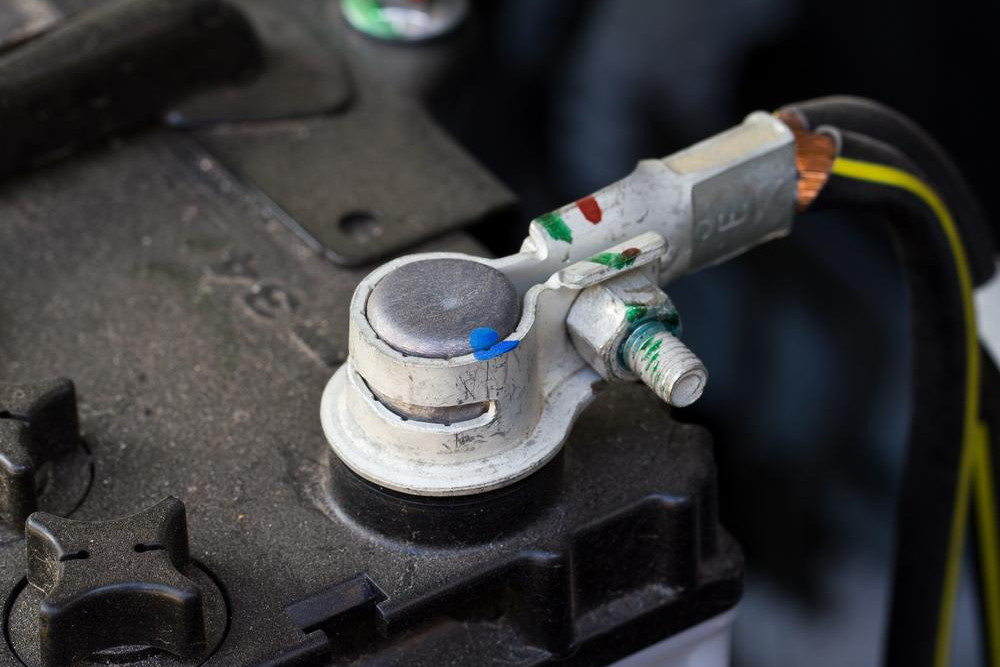
Water and electrics are not the best of friends. You don’t just need to ensure that your car’s electricals are in good working order. You also need to check the condition of exposed wiring running around your car. Improper wiring or those with the insulation peeling off have a good chance of shorting, especially when they come in contact with water, and that can be a safety hazard to you and others as well. It is advisable to make sure your battery is in proper working shape and have it replaced if required, as monsoons generally require heavier use of electrical components such as lights, wipers, etc.
7. Lighting the way
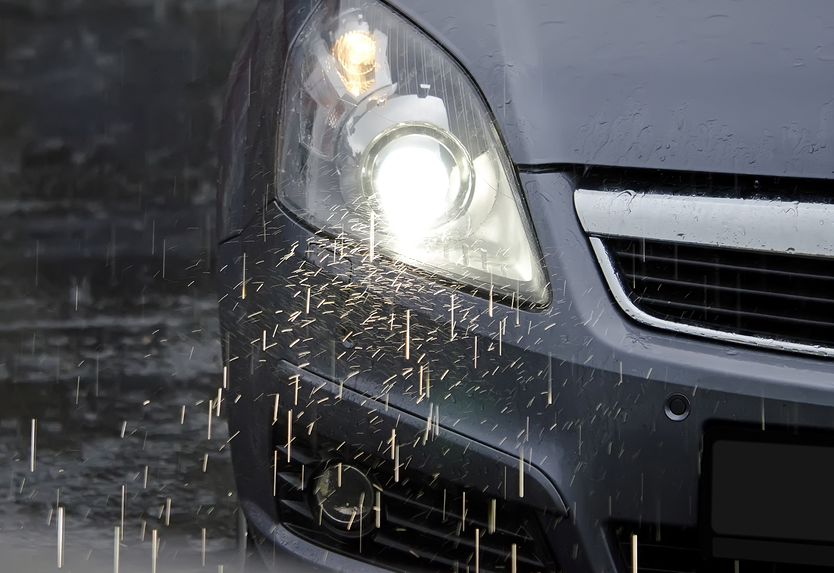
Heavy rains during the monsoon and overcast weather can make for hampered visibility, which is where you require your car lights working properly to be noticeable to other road users. If you’ve noticed your lights get dimmer or inconsistent, you need a new set of bulbs. Flickering or fluctuating lights can also indicate a weak battery. Fixing an uneven beam is as crucial to your safety as it is to the safety of oncoming vehicles. It’s also a good practice to have the headlamp or tail-lamp lenses cleaned if they have gotten fogged up or if moisture has settled inside the units.



















